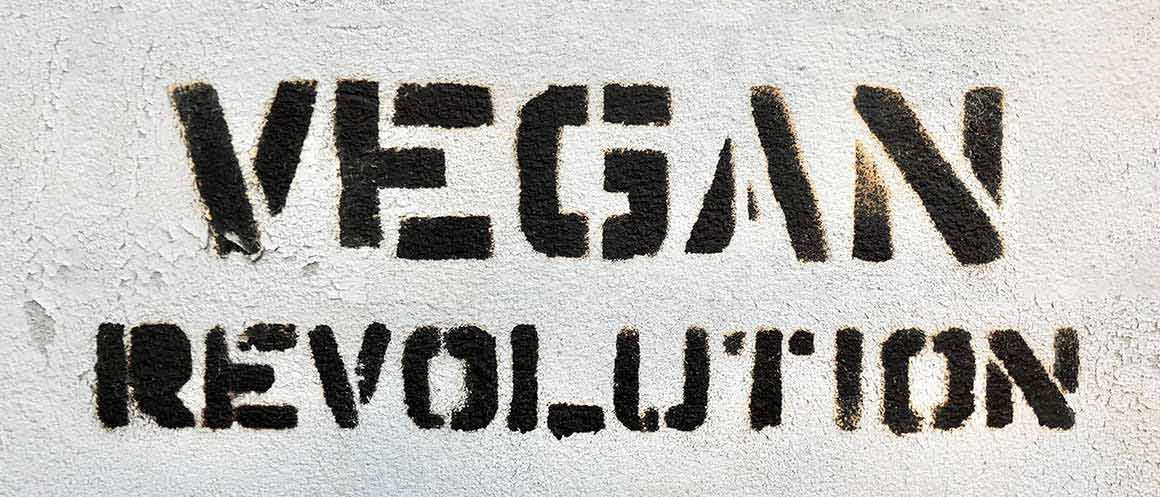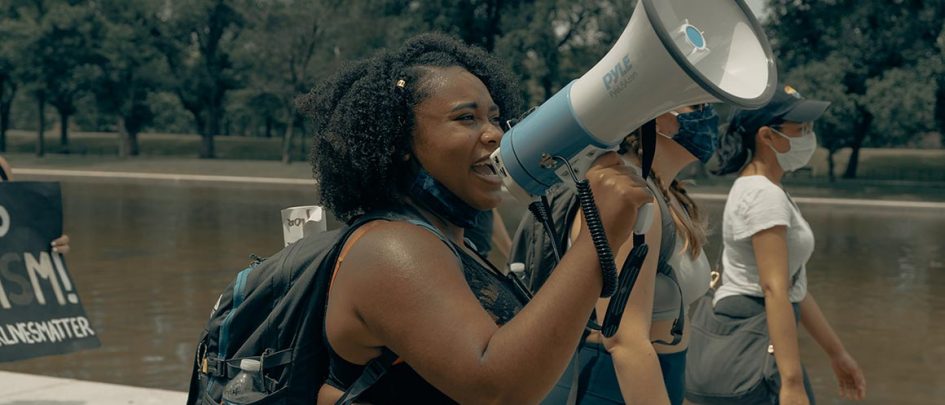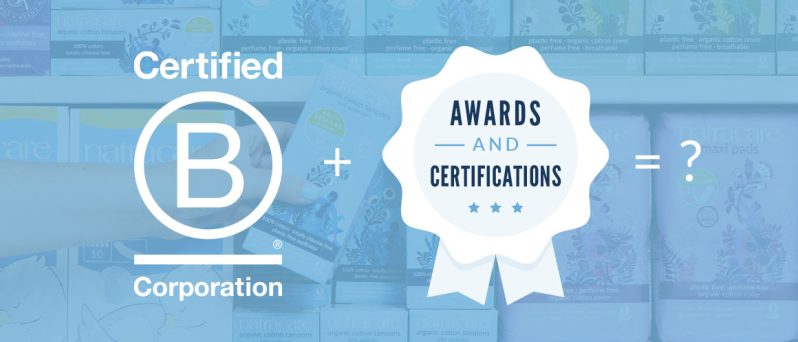Previously we’ve explored why conversations about periods need to be intersectional, but what about veganism? Intersectionality is the understanding of the overlap of all forms of oppression – from racism to sexism to ableism and beyond. Oppression is never completely singular, nor surface-level and this shift of perspective (and understanding) of oppression, can help us become better allies and advocates for a more just, sustainable world for every human and every animal. This is where intersectional veganism comes into play.
We couldn’t have phrased it better than Plant-Based Bride: “The value of intersectionality comes not only from understanding this compounded effect of oppression and privilege within society but also from its tendency to reveal the common roots of all oppression, bringing members of various social groups together.”
How does intersectionality relate to veganism? And what’s the problem with veganism that isn’t intersectional?
In short, veganism that isn’t intersectional fails to fight against oppression of animals and humans at all levels. Intersectional veganism, however, acknowledges we are stronger in the fight against oppression together. It takes the compassion for animals to also include humans, especially for marginalized people. Because oppression is wrong, regardless of who is experiencing it.
Veganism is often reduced to what’s on someone’s plate, but incorporating vegan habits goes beyond that. Our food and agricultural systems provide us with another look at how intersectionality can play a role in not just our day to day but our vegan activism. This is because these systems often rely on the oppression of marginalized people to grow, harvest, package, and distribute our food. So by adding the important layer of intersectionality to veganism, we can be better allies and advocates against unjust systems.
Have a Vegan Period
A vegan lifestyle doesn’t start and end with your diet. Our products are vegan – from wipes to period products.
Find out more
How to practice intersectional veganism?
The beauty of the intersectional approach is that there many angles because everything is integrated. We may not be able to do everything, but we can do something. Here are some examples of actions and attitudes that promote intersectional veganism:
- Learning about the roots of veganism within marginalised cultures – western veganism is often whitewashed, but cultures across the globe have been practicing veganism for years. For example, vegetarianism dates back to 5th century BCE in India, and many Rastafarian people have long practiced veganism.
- Being accepting of other dietary choices that individuals make. While veganism is more accessible than ever, it’s still not an option available for everyone.
- Aiming activist efforts at decision makers who can make a more sustainable, cruelty-free lifestyle more available across societal intersections. These are the people with the ability to make real change, and who should be held to account in your activism.
- Fighting for human rights and justice as well as for animal rights.
Shifting our understanding of veganism and activism through the lens of intersectionality makes us better advocates for more just, more sustainable world. How do you practice intersectional veganism? Let us know in the comments below!
Kimbrelé Crenshaw first coined the term intersectionality in her 1989 essay Demarlginalizing the Intersection of Race and Sex: A Black Feminist Critique of Anti-Discrimination Doctrine, Feminist Theory and Antiracist Policies.












